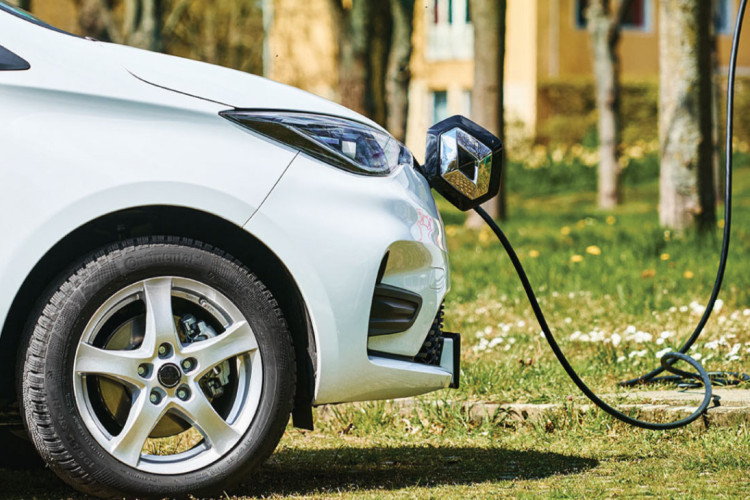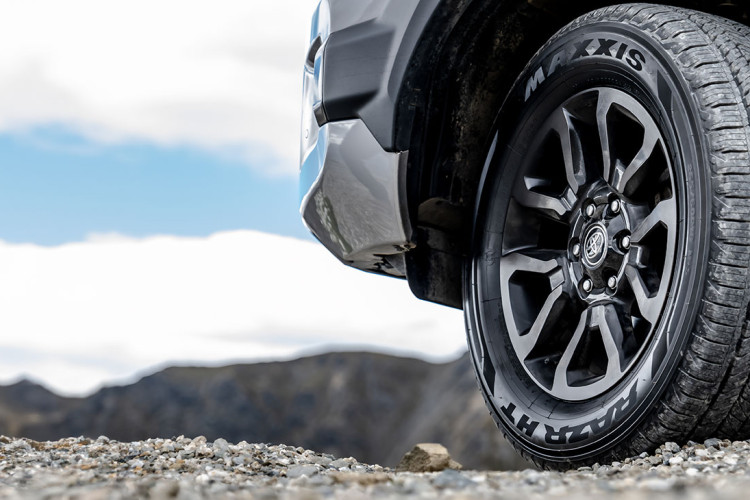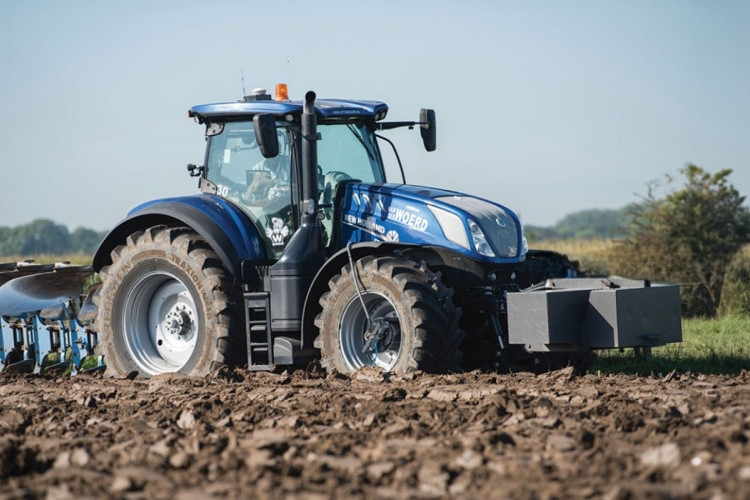What is hypermiling and how do you do it?
In 2008, the New Oxford American Dictionary Word of the Year was ‘hypermiling’. Coined in 2004 by Wayne Gerdes, the word had seen considerable growth in interest, no doubt spurred on by the global financial crisis at the time and the need for many drivers to cut costs. While hypermiling might sound like some kind of high speed grain grounding factory, it actually refers to the dark art of maximising fuel economy.
Maximising fuel economy is something we can all get behind given the current pump prices, so we did some digging on hypermiling. This is what we uncovered…
The Hypermiling Starting Line
It’s hard to say when hypermiling really began. We suspect history is littered with accidental hypermilers, who never knew there was a name for what they were doing. Trying to get the best fuel economy is nothing new and during the 2nd World War, rationing made sure nearly everyone with a vehicle kept a keen eye on the fuel gauge. It was the same during the oil crises of the 1970s, when OPEC reduced production and placed an embargo on oil exports to the United States, and petrol prices soared.
Yet, it wasn’t until 2004 when Wayne Gerdes coined the term hypermiling, so we may as well credit Wayne with inventing the whole thing. He’s certainly the first superstar hypermiler, having secured multiple Guinness World Records. The former nuclear power plant worker is now eagerly employed by the likes of Kia and Porsche to prove just how good their vehicles are for fuel economy. In 2013, he was able to get 2695 kms from a single tank of diesel in a VW Passat. That’s good enough to drive from the top of New Zealand to the bottom…and still have some left in the tank.
In 2013, he was able to get 2695 kms from a single tank of diesel in a VW Passat. That’s good enough to drive from the top of New Zealand to the bottom…and still have some left in the tank.
In 2021, Wayne even managed to get a Porsche Taycan, that was only meant to be good for around 360 kms on a charge, to reach an astounding 759 kms. That’s some kind of wizardry. This is a man that probably gets a week off a single smartphone charge.
Your HyperMiling How-To Guide
Ok, so you’re sold on the idea and want to be hypermiler - what do you do? Here’s the basics that’ll have your vehicle lasting longer on a tank of juice:

1. Do you even need to use your vehicle?
The best way to save fuel is to not use any. That’s why hypermilers always question the need to use a vehicle in the first place. They’ll always opt for a bicycle, walking or using public transport if possible. This does feel a little bit like cheating though and telling your mate Colin down in the pub that you get 1,826 kms on a tank of gas in your Swift… because you’ve used nothing but the bus for the past month, may invite a few unwelcome comments.

2. Map out the route
This is a big one and it’s not necessarily about taking the shortest route either. There’s a few other factors like traffic lights, the road gradient and road layout to consider. So it’s the shortest route… that allows you to drive smoothly and consistently that’s considered the best.

3. Smooth is good
The more stopping and starting, the more fuel is used. Inertia comes into play here as fuel is burned to get that hunk of metal moving. The aim is to accelerate steadily and then coast along at a steady speed for as long as possible. You want the engine to work as efficiently as possible and keep the RPM needle away from the red line. You can practise this by filling a cup of water almost to the top, then sticking it between your legs as you drive. If you exit the vehicle looking like there’s been an accident then chances are you’ve not driven as smoothly as you could. Don’t do this on the way to work though.

Speed is bad
The office of Energy Efficiency & Renewable Energy in the United States, completed some fascinating research (honestly….stick with us here) on the relationship between fuel economy and speed. They took 74 vehicles across a range (SUVs, Sedans etc) and recorded the fuel consumption at different cruising speeds. The results show that efficiency decreased from 80 kms/h upwards. This might not surprise most people. Hypermilers will point out they don’t advocate driving dangerously slow. Rather, they suggest not exceeding the speed limits.

5. Look Ahead
Hypermilers look ahead and time driving to avoid braking and accelerating. For example, they suggest looking head at traffic lights and altering your speed so you can coast through. The same applies to approaches to roundabouts and other junctions that might otherwise cause you to stop or meaningfully alter your speed in any way. It’s all about anticipating the road conditions and adjusting your approach accordingly.

6. Keep a well maintained vehicle
If your vehicle isn’t operating properly then fuel economy might be affected. Anything that causes the engine to work harder than it normally would is a bad thing. For example, oil that has become sludgy and thicker than normal, will make the engine work harder. We guess it’s a little like an athlete keeping themselves in tip top condition to make sure they can perform to their maximum potential in every race.

7. Ditch the weight
Unless you’re planning for the apocalypse, it’s time to ditch the weight according to Hypermilers everywhere. The golf clubs that never get used, the snow chains in the trunk all-year round and that container of handy things with contents long since forgotten - they can all go. Less weight means less inertia, which means less fuel.

8. Reduce the Drag
You’ll not catch a Hypermiler with a roof rack. They’ll work as hard as possible to reduce the drag and make their vehicle as aerodynamic as it can be. Reducing the wind drag can have a surprisingly large impact on fuel economy and we’ll confess to being surprised by these numbers - that roof rack increases a vehicle’s fuel consumption by up to 25%. Yes, 25%. This isn’t guesswork either. Proper scientists who wear white lab coats have come up with those numbers.

9. Get ready before starting the engine
There is no stone left unturned in the pursuit of hypermiling excellence. Case in point is the seatbelt. It might only take a few seconds to pull it over and click in place, but hypermilers will make sure they do it before starting the engine. The same goes for adjusting the radio or queuing up the playlist, getting the GPS ready or adjusting the rear view mirror because somebody else drove the car last.

10. Check the tyre pressure
Underinflated tyres increase rolling resistance and that's bad news for the MPG goal. We know all about this one - it’s well documented that underinflated tyres will increase your fuel bill by up to 3%. Getting the tyre pressure right has some real safety benefits too. You can read more about it here if you like.

Switch to fuel-efficient tyres and make the most of your mileage.
More tips and articles

Tyres for Electric Vehicles

Product Spotlight:
Maxxis HT780 RAZR HT

